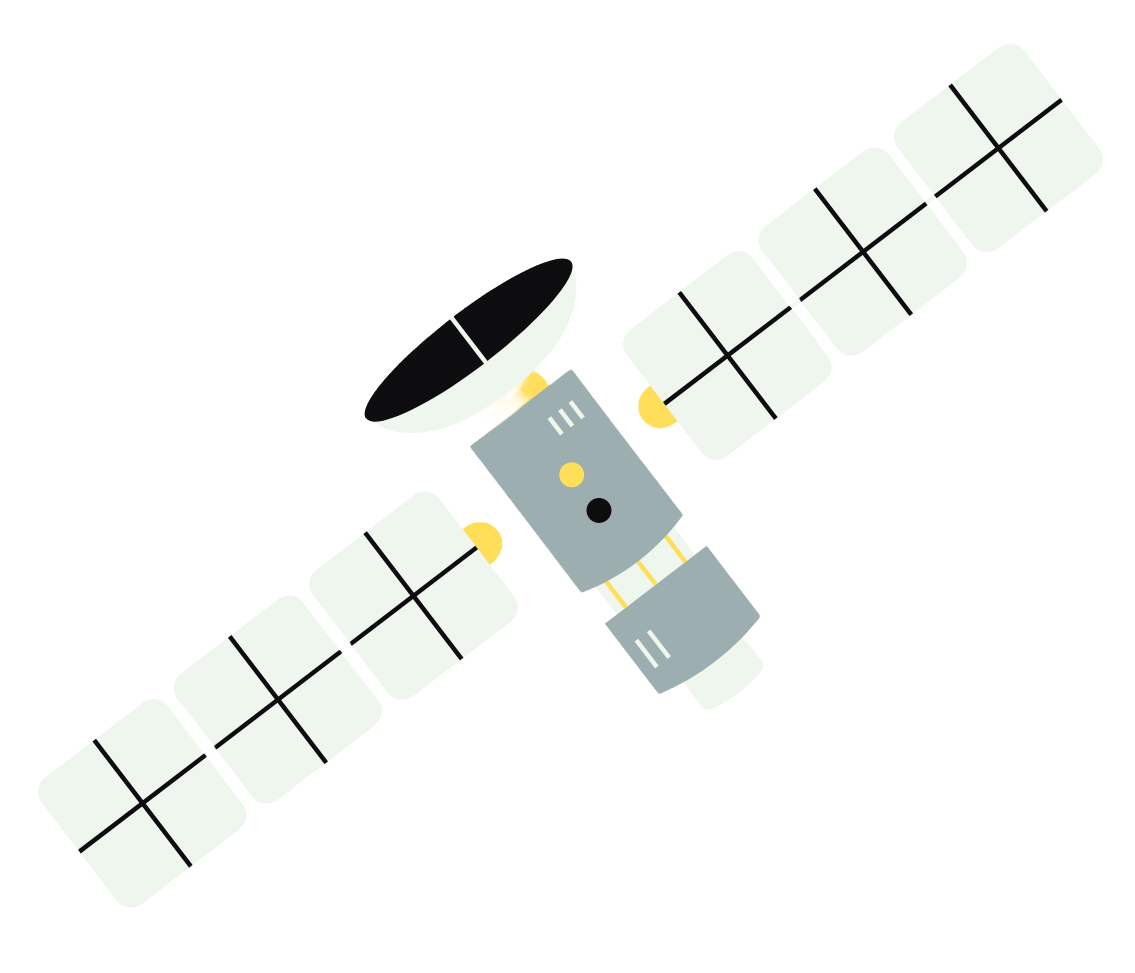

At the core of our innovation is a revolutionary concept: using magnetic fields to overcome Earth's gravity and launch payloads into space—without any combustion or fuel-based propulsion. Unlike traditional rockets that burn fuel to generate thrust, our system relies on the precise control of magnetic repulsion between two engineered systems: a stationary magnetic ground station and a magnetically active spacecraft.

Our propulsion system operates on the fundamental principle of electromagnetic force generation. The spacecraft carries an onboard magnetic field generator, which remains constant during the launch. This is achieved using either a fixed superconducting solenoid or a Halbach array of permanent magnets, known for producing a strong, directed magnetic field with minimal external interference. The spacecraft's magnetic orientation and intensity are optimized for stability, efficiency, and force response during liftoff.
The ground station is designed as a large-scale, concentric array of superconducting electromagnets wound around high-permeability cores. These coils produce a dynamically tunable magnetic field, controlled in real-time by a coordinated power supply system. The system adjusts current flow in response to live sensor feedback—including position, acceleration, altitude, and field measurements—allowing precise modulation of force as the spacecraft ascends.
By replacing propellant-based impulse with intelligently controlled magnetic fields, we aim to deliver a launch system that is fully electric and renewable, extremely cost-efficient, reusable, and scalable. Our approach is inherently safer and more sustainable than any chemical rocket.
This is not just a new way to launch—it is a new philosophy of space access. We envision a future where spaceflight is driven by fields, not fuel, and our technology is the foundation to make that future real.
Kalinga Aerospace reserves all rights to its proprietary technology, designs, and services, ensuring the highest standards of quality and innovation.